Sarong photography plays a vital role in fashion branding, helping showcase designs, fabric flow, and style versatility. A well-executed sarong shoot can capture the elegance, cultural significance, and commercial appeal of these garments. In this guide, we’ll explore techniques, essential gear, lighting setups, model direction, and post-production tips to create stunning sarong photography for fashion brands.
Understanding Sarong Photography
What Is Sarong Photography?
Sarong photography refers to capturing images that highlight sarongs’ fluidity, texture, and design. These lightweight fabrics drape elegantly, making movement and fabric play crucial in showcasing their beauty.
Importance of Sarong Photography for Fashion Brands
Fashion brands use sarong photography for catalogs, e-commerce, social media, and advertising campaigns. The right imagery helps convey a brand’s aesthetic, attract potential customers, and enhance product desirability.
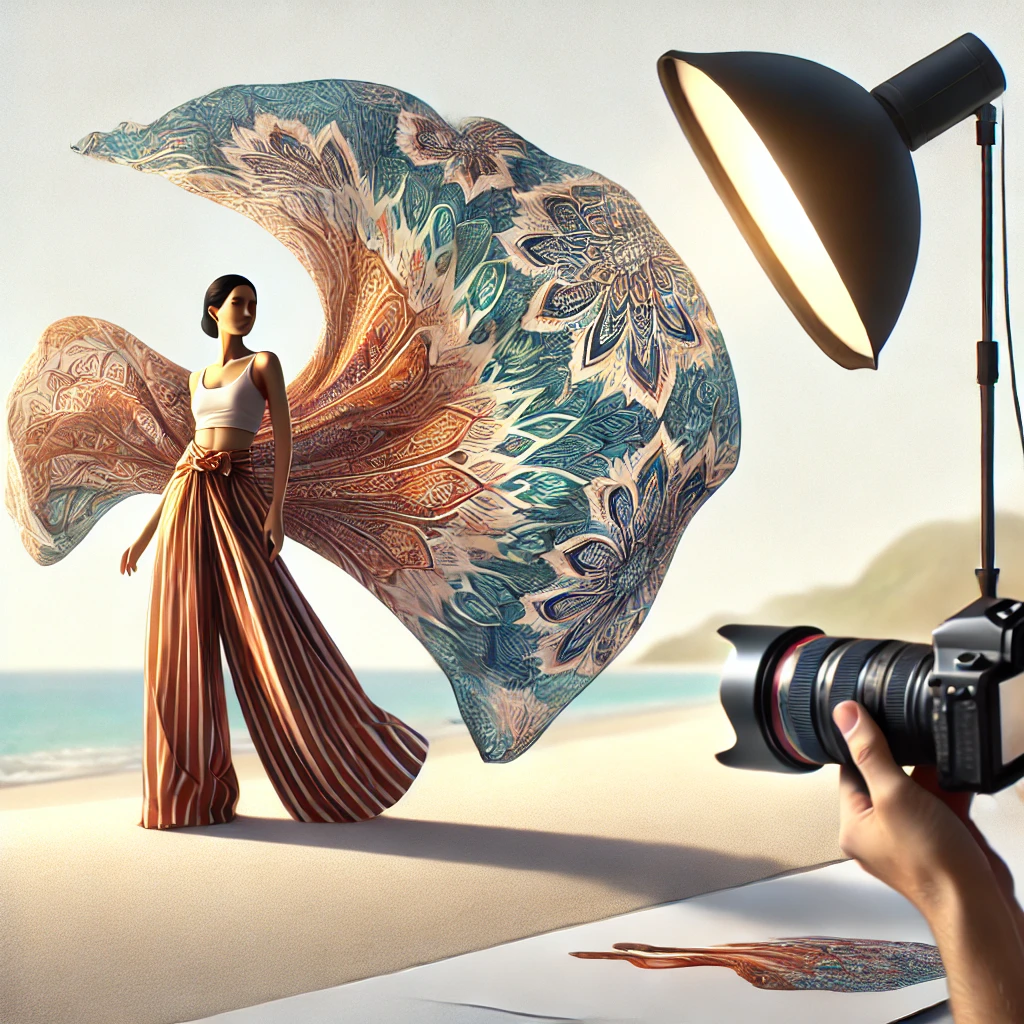
Essential Equipment for Sarong Photography
Cameras and Lenses
A high-resolution DSLR or mirrorless camera with interchangeable lenses is ideal. Prime lenses like the 50mm f/1.8 or 85mm f/1.4 offer sharpness, while zoom lenses like 24-70mm f/2.8 provide versatility.
Lighting Equipment
- Natural Light: Perfect for outdoor shoots and soft, diffused lighting.
- Studio Lighting: Use softboxes, reflectors, and fill lights to highlight texture.
- Speedlights and Strobes: Great for capturing motion in sarongs.
Accessories
- Tripods and Gimbals: Ensure stability for crisp images.
- Reflectors: Help control lighting in natural settings.
- Backdrop Stands and Props: Enhance the storytelling aspect of the shoot.
Location Selection and Setup
Outdoor Locations
- Beaches: Ideal for capturing sarongs flowing in the wind.
- Tropical Gardens: Provide a lush background to contrast with vibrant colors.
- Cliffside Views: Create dramatic, high-fashion visuals.
Studio Setups
- Minimalist Backdrops: Highlight the sarong’s colors and patterns.
- Themed Setups: Incorporate props and decor that complement the brand’s message.
Posing and Directing Models
Highlighting Fabric Flow
- Encourage the model to twirl or let the wind catch the sarong for dynamic movement.
- Use handheld fans or soft breezes to create motion in controlled environments.
Emphasizing Versatility
- Show different ways to wear a sarong: as a dress, skirt, or scarf.
- Demonstrate cultural significance through traditional and modern draping styles.
Lighting Techniques for Sarong Photography
Using Natural Light
- Shoot during golden hour for warm tones and soft shadows.
- Position the model against the sun for a glowing, backlit effect.
Studio Lighting Techniques
- Use softboxes to evenly illuminate the fabric’s details.
- Add a rim light to separate the model from the background.
- Experiment with colored gels to create a unique fashion editorial look.
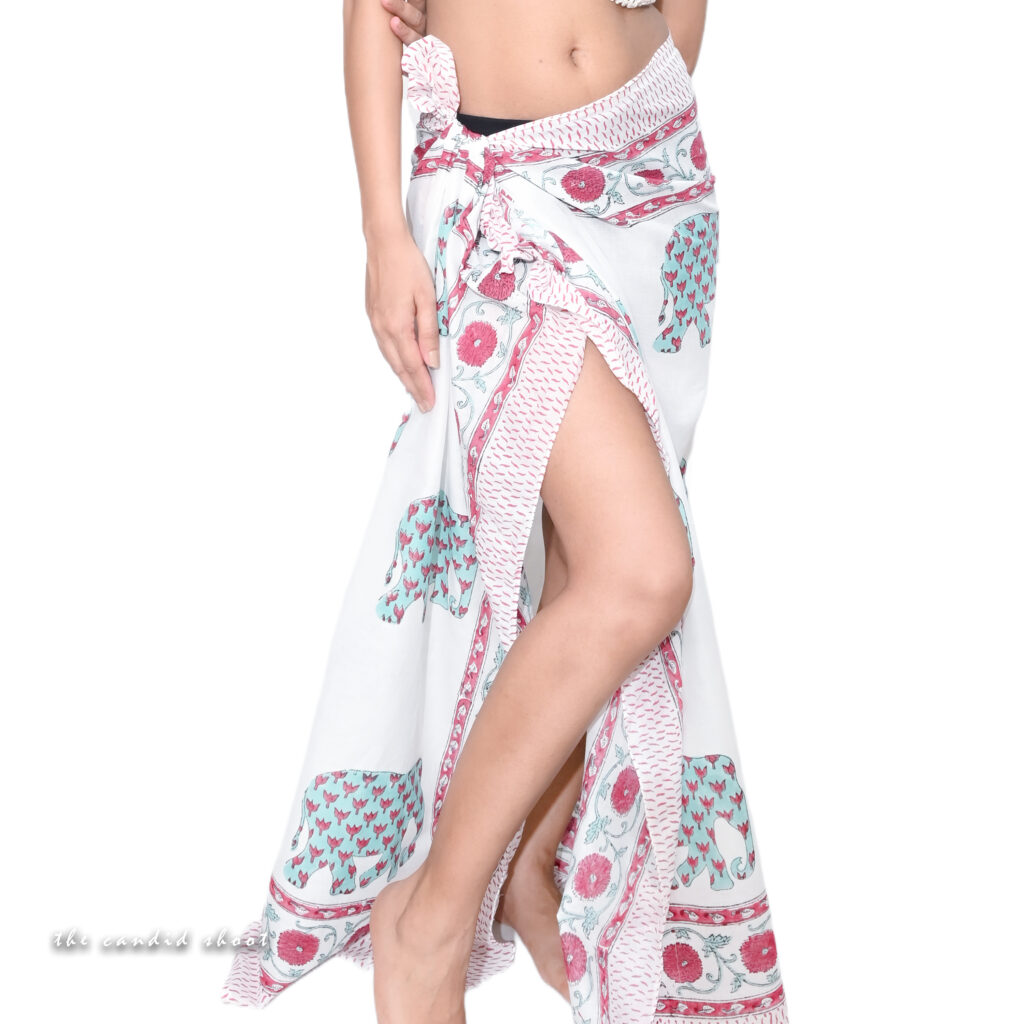
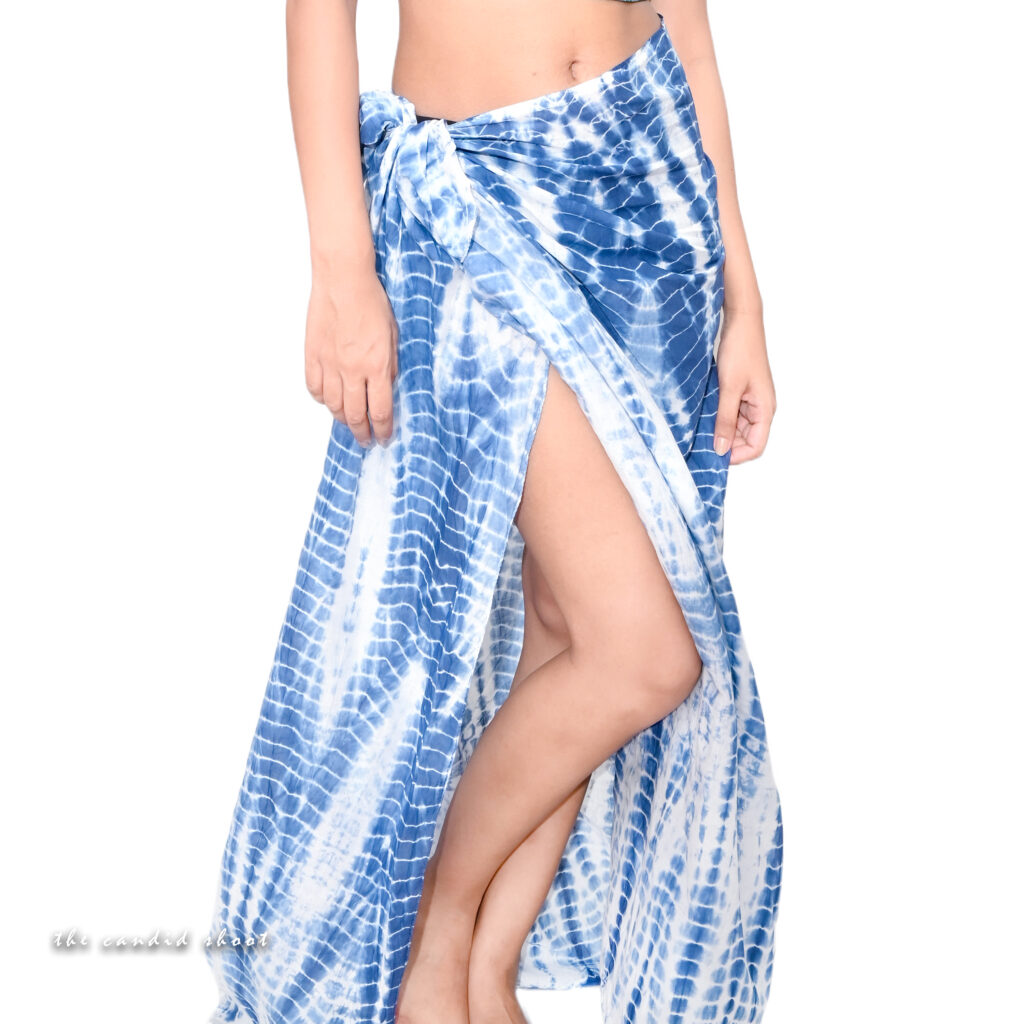
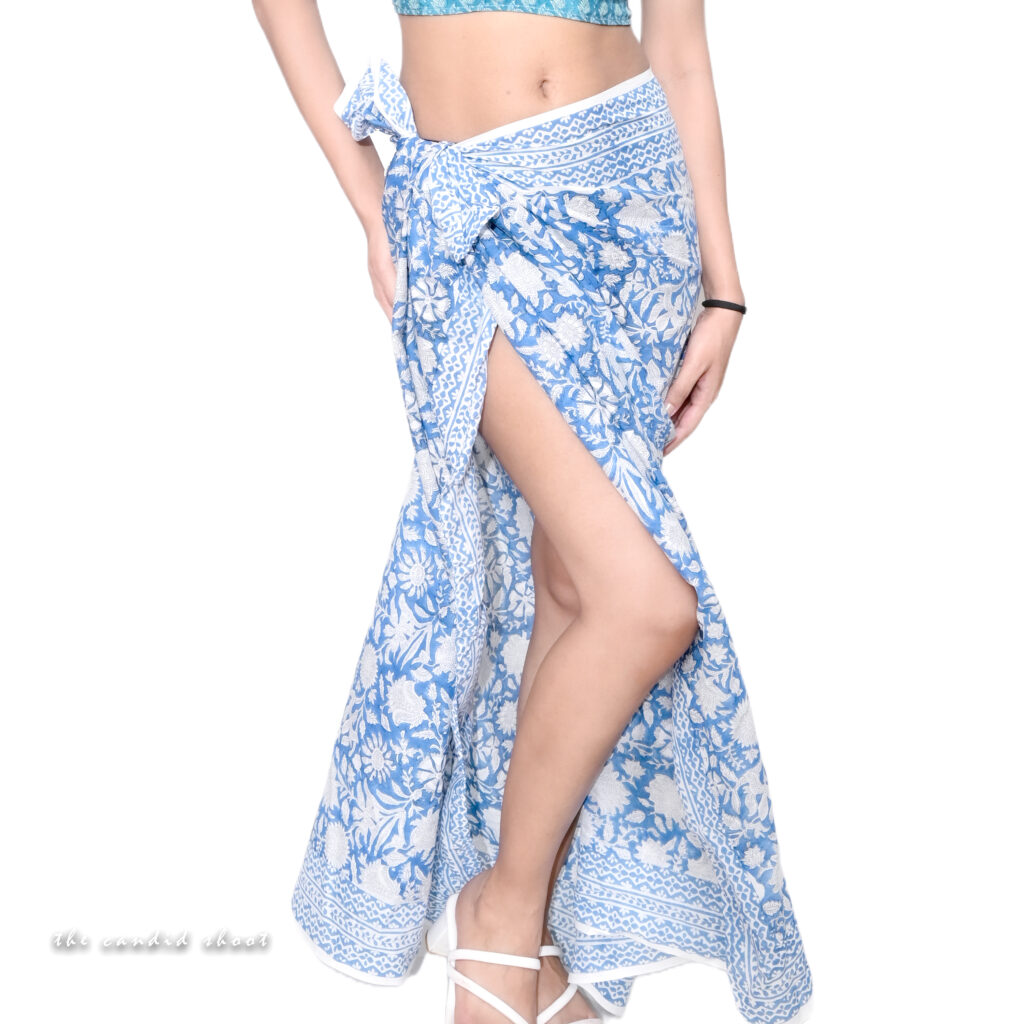
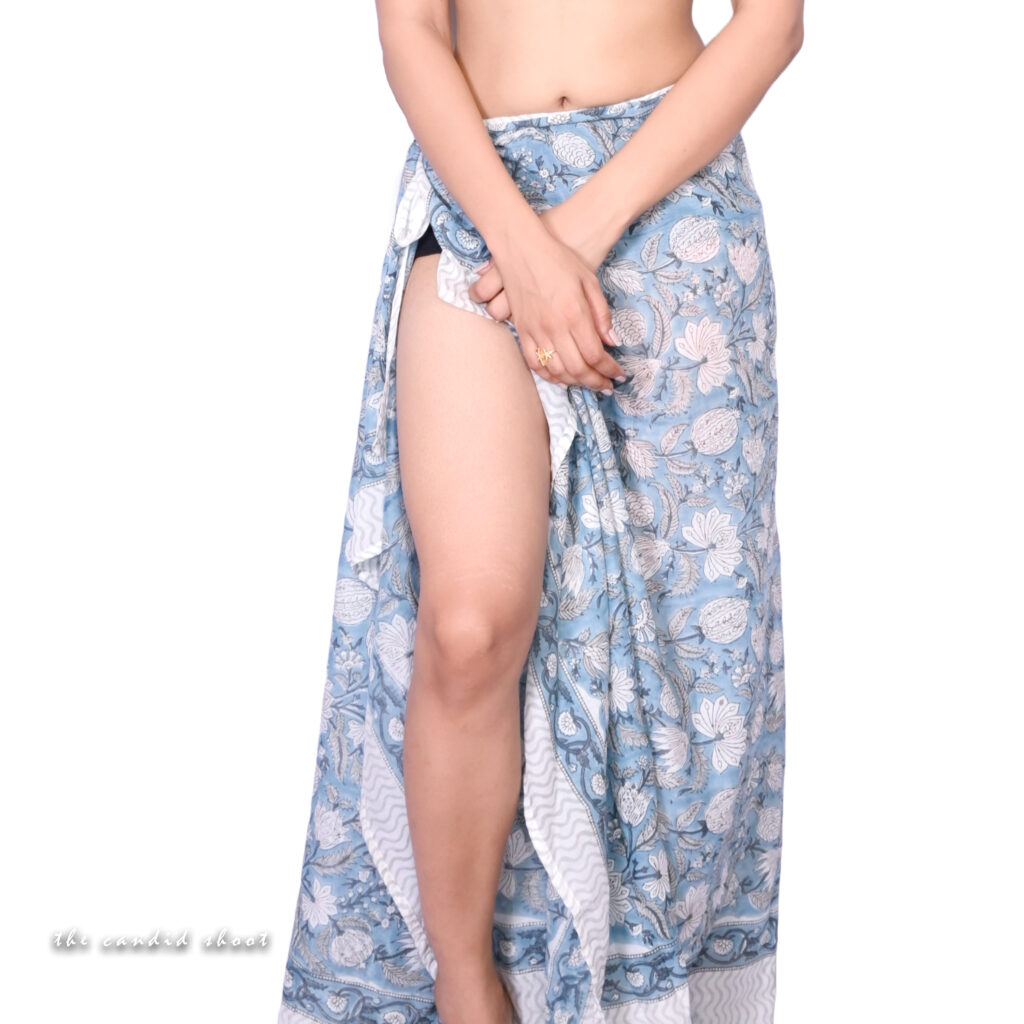
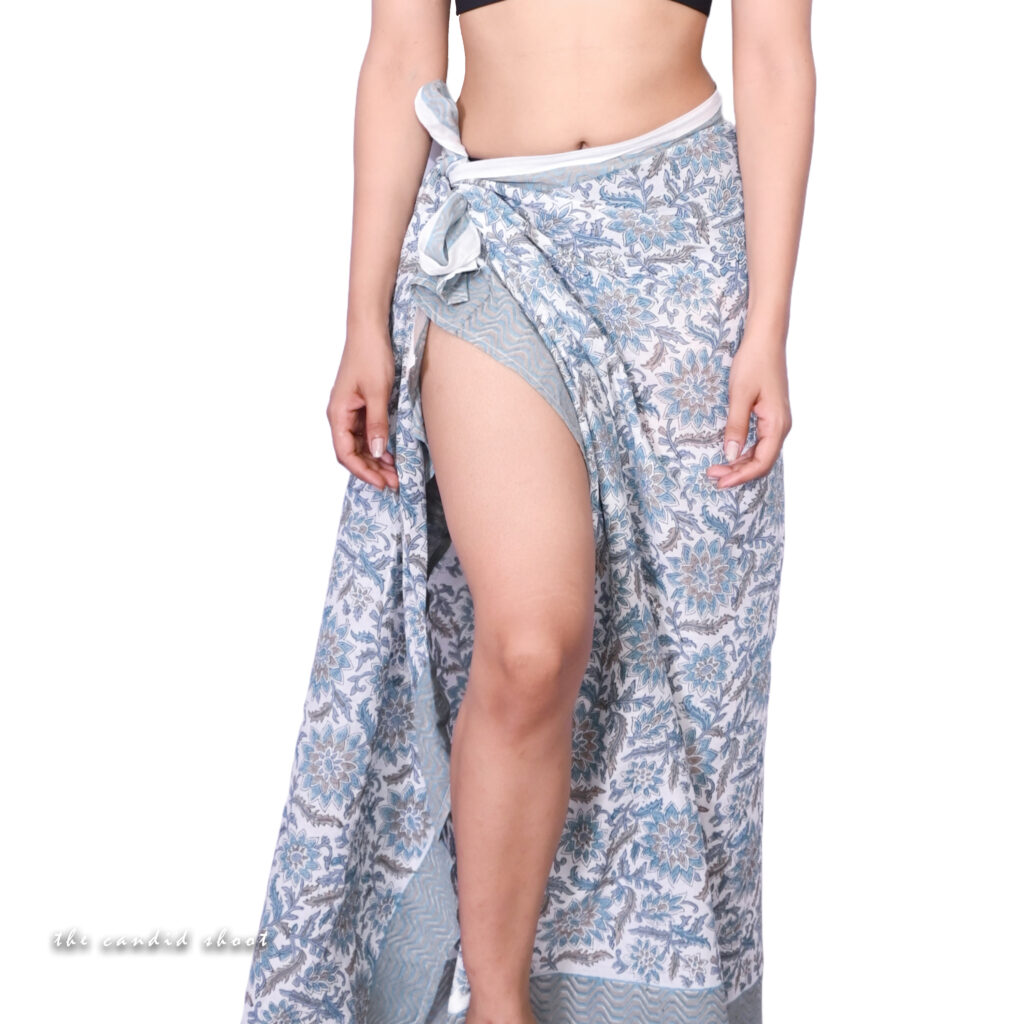
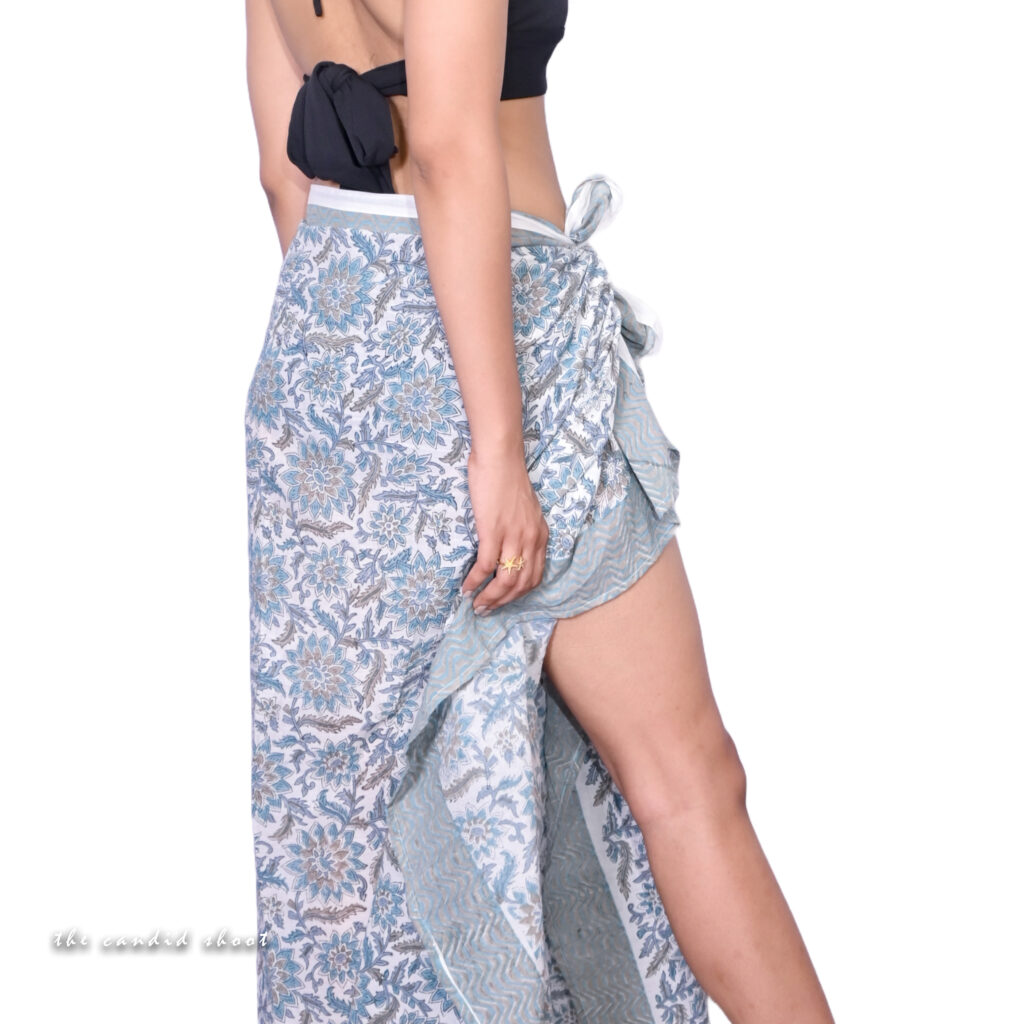
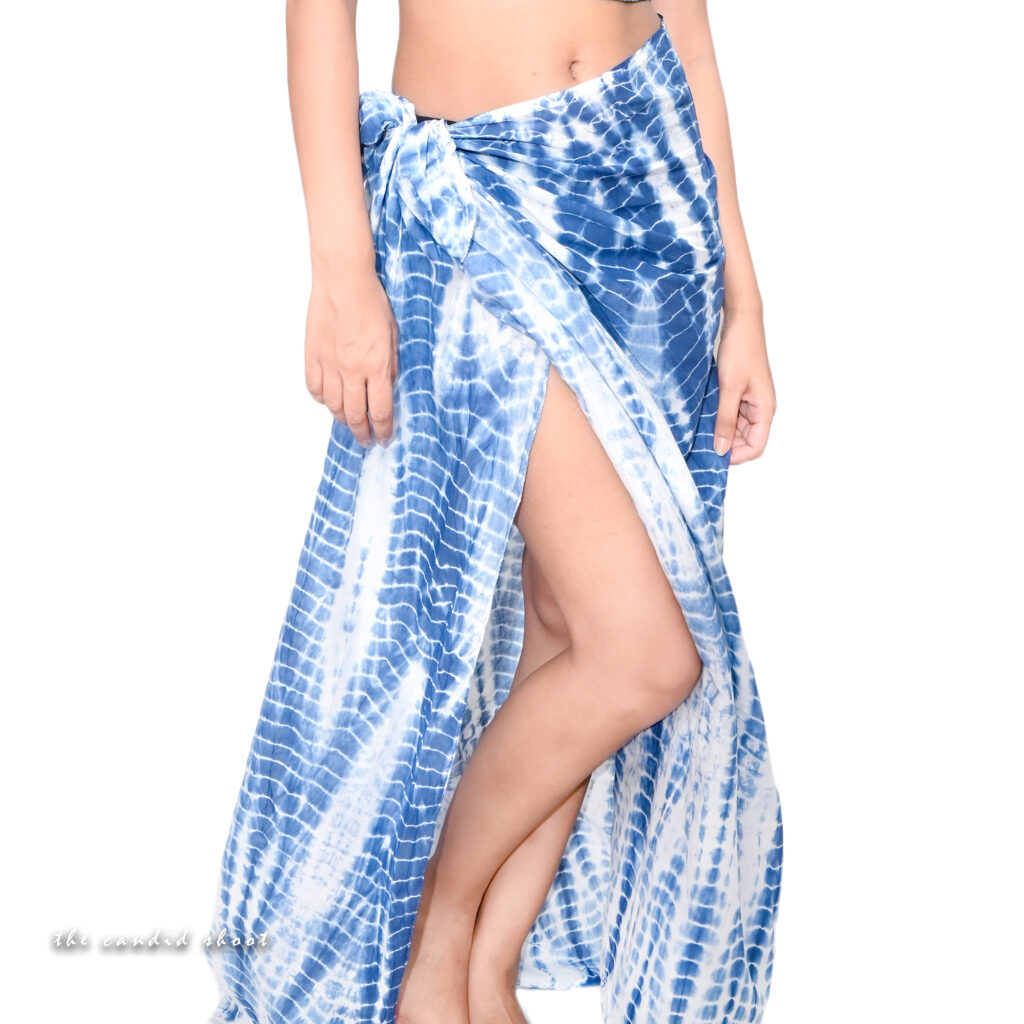
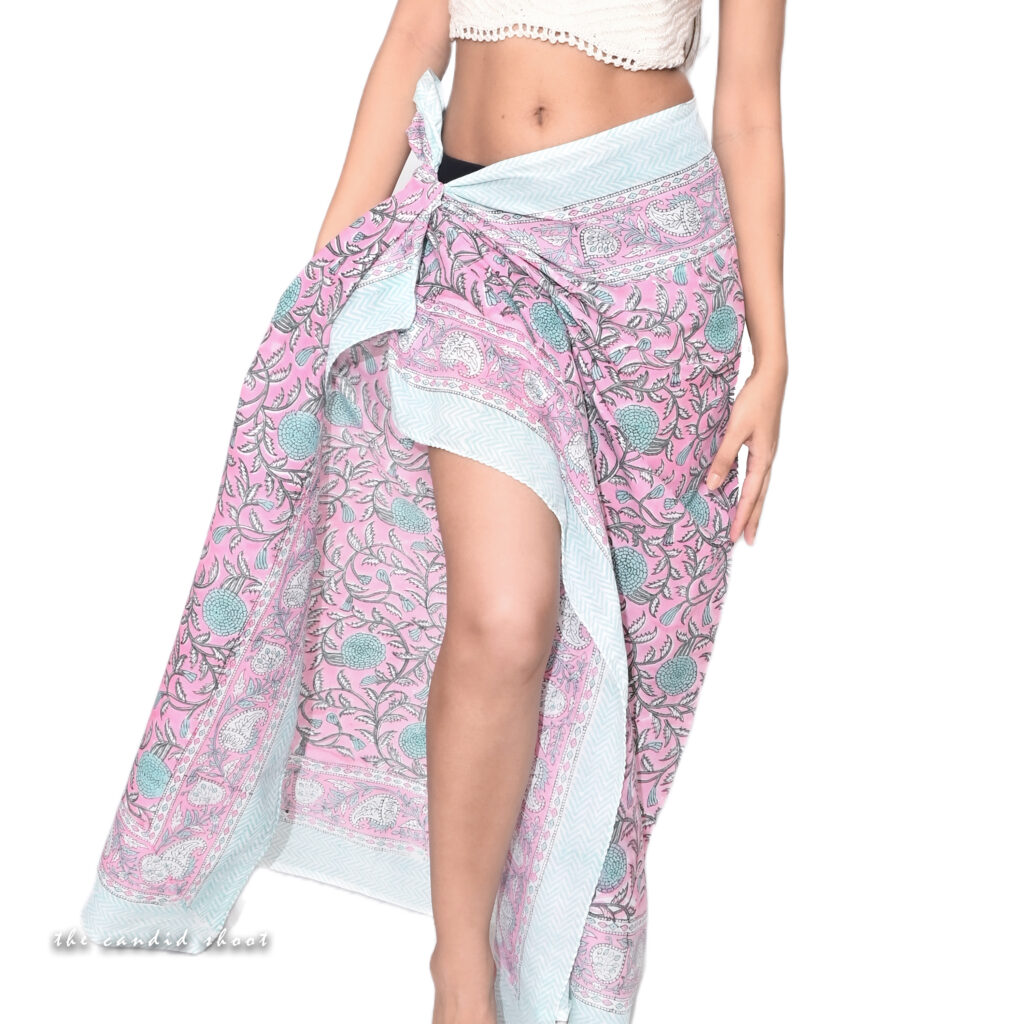
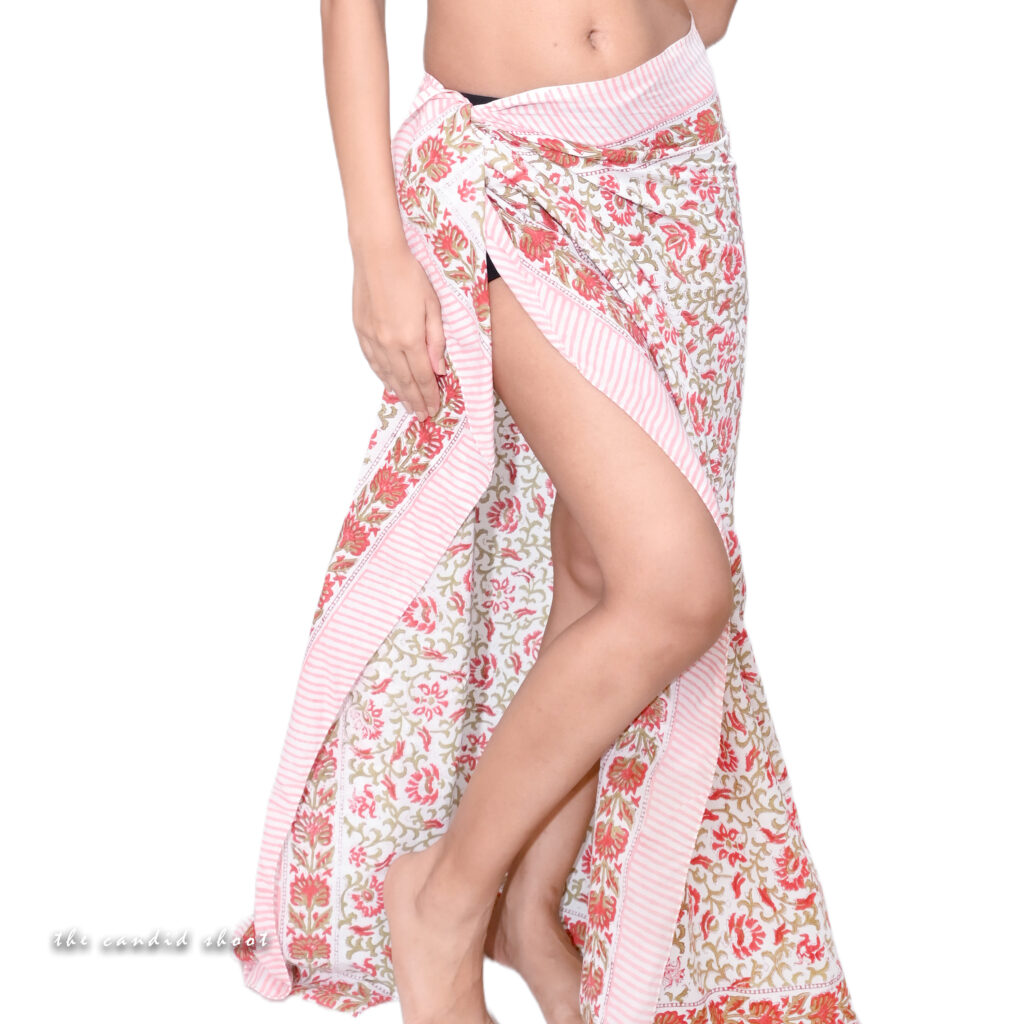
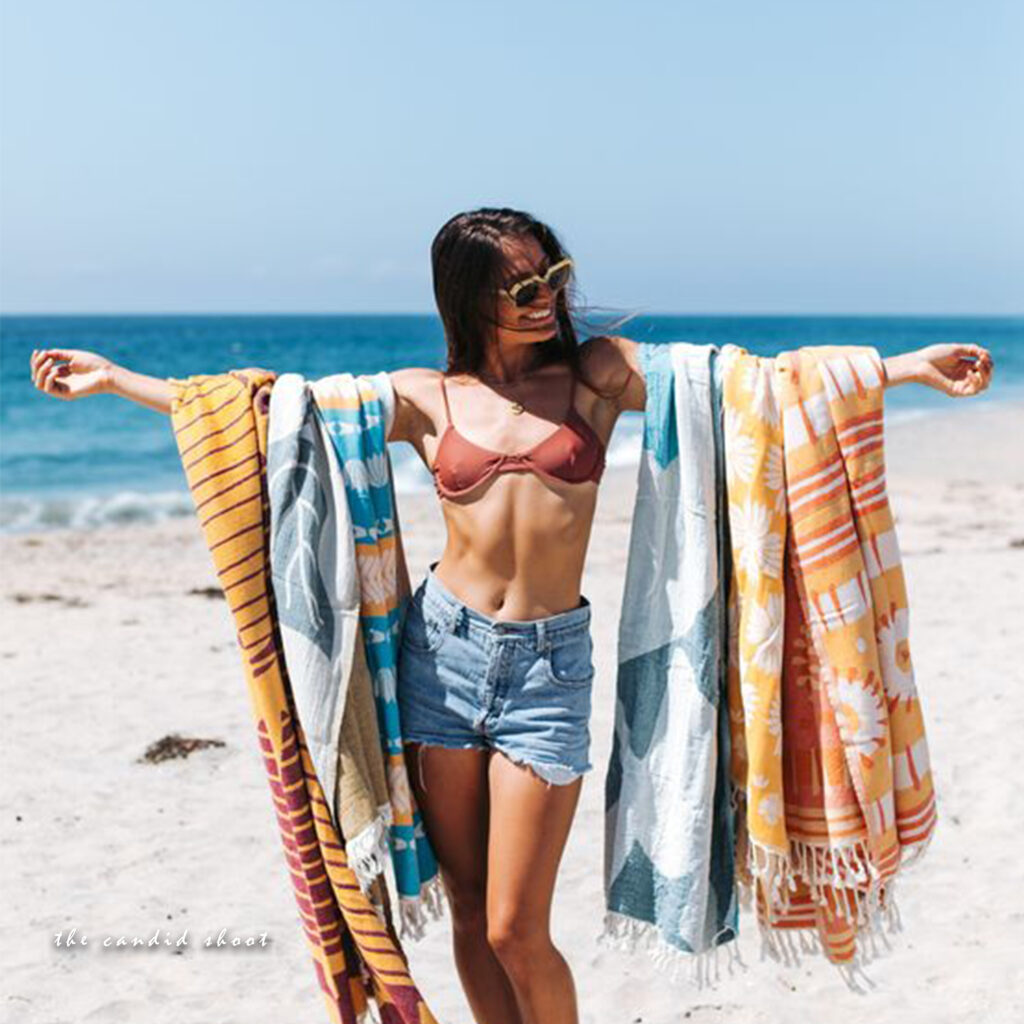
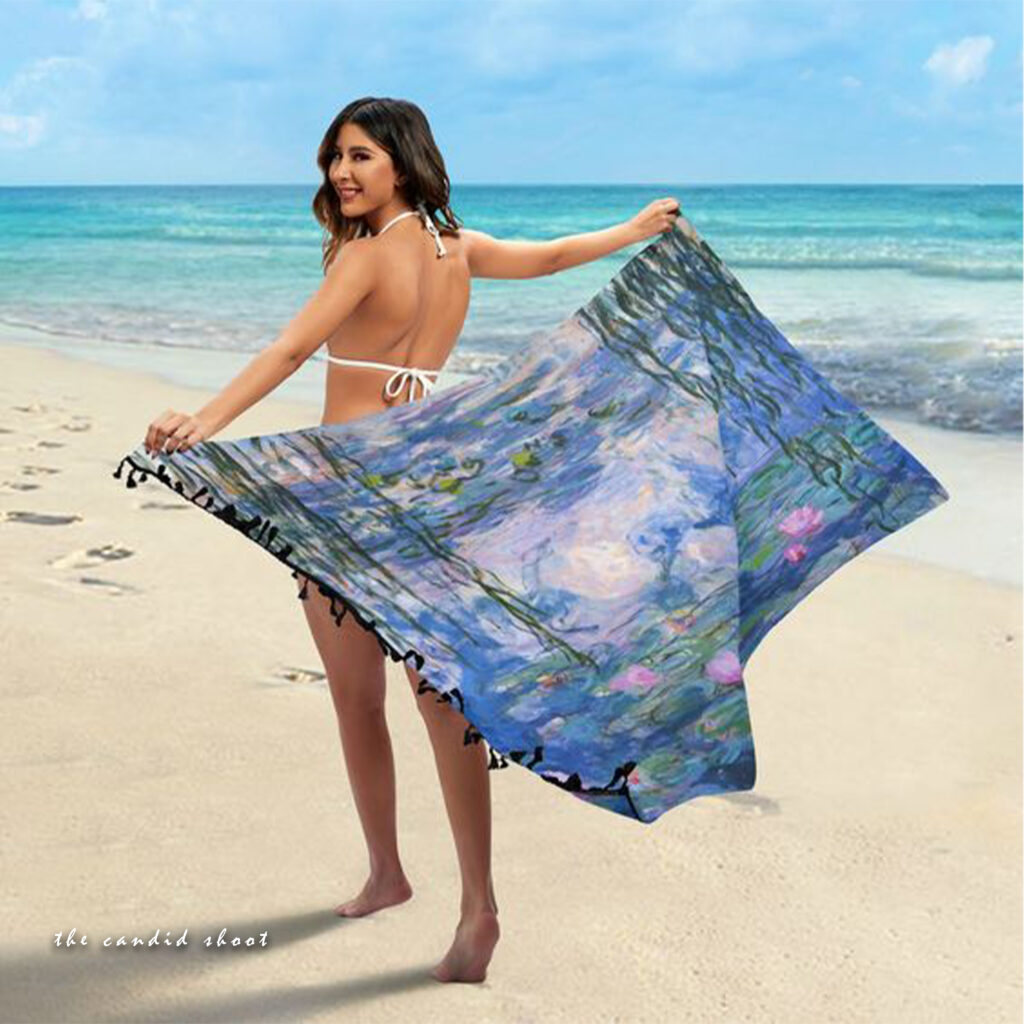
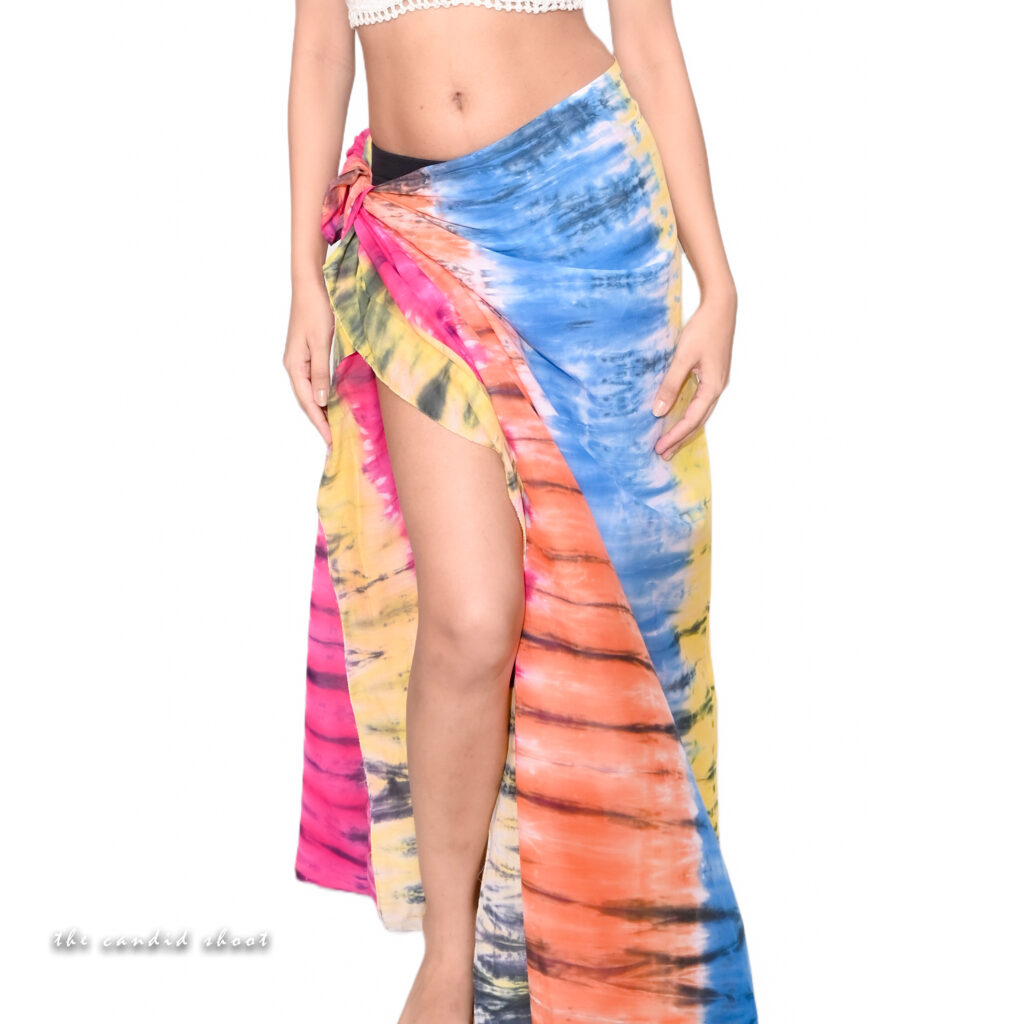
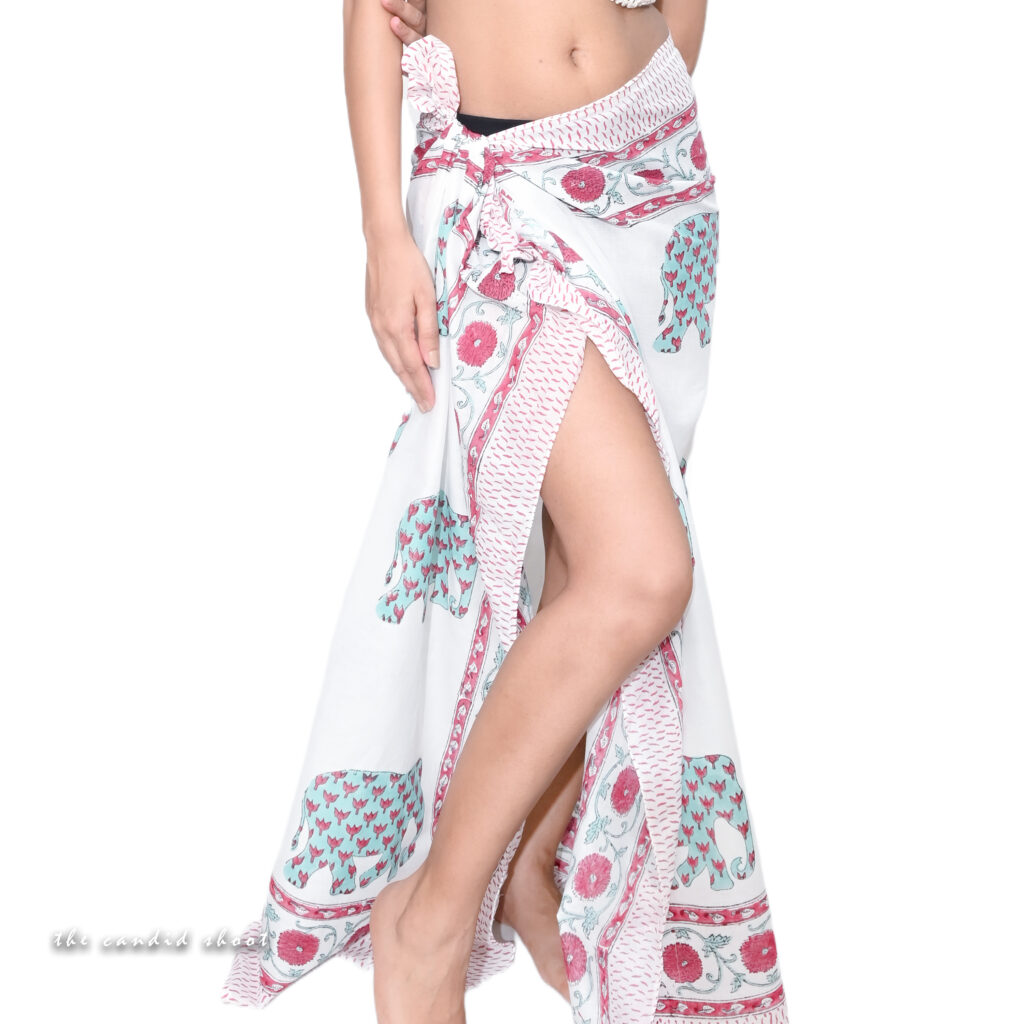
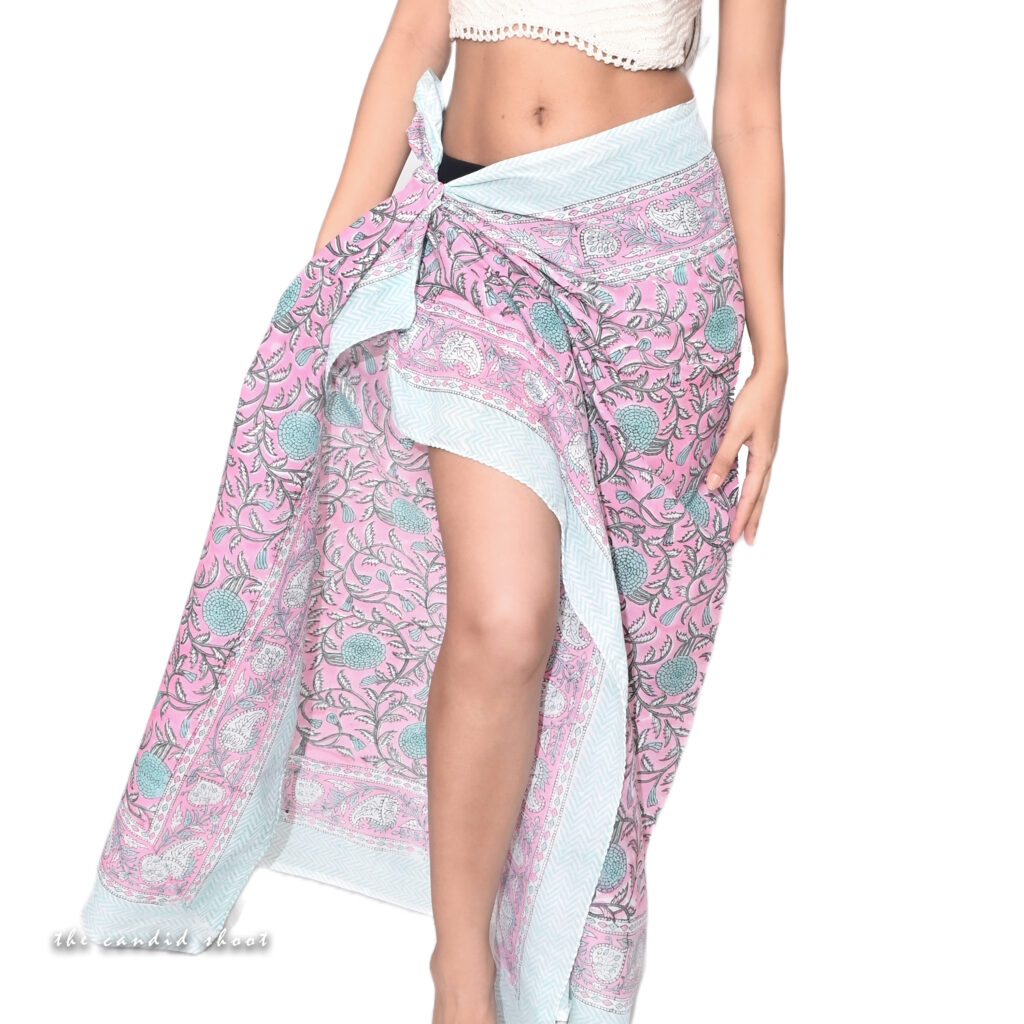
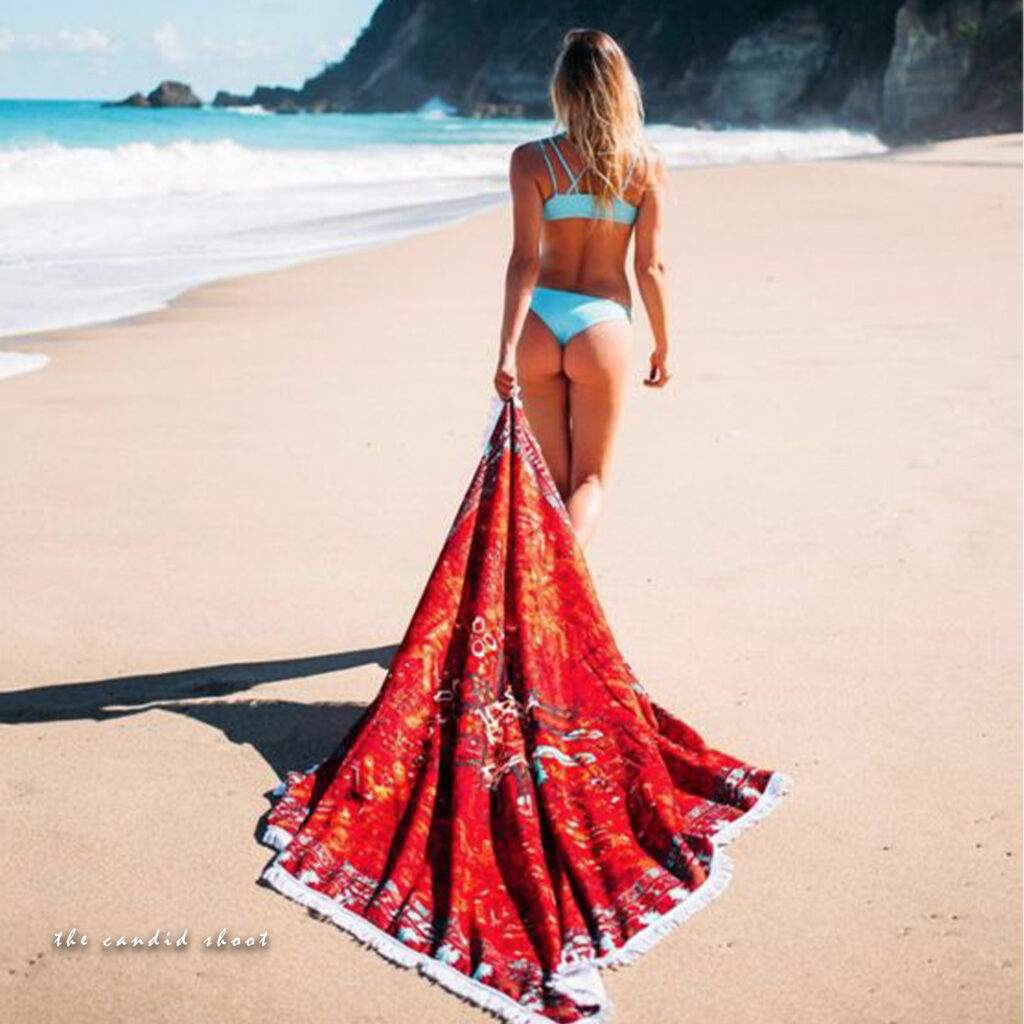
Composition and Framing
Close-Ups vs. Full-Body Shots
- Close-ups: Capture intricate sarong details like embroidery or fabric texture.
- Full-body shots: Showcase styling possibilities and movement.
Rule of Thirds and Leading Lines
- Position the model slightly off-center for a balanced composition.
- Use leading lines in the background to guide focus toward the sarong.
Post-Production Editing
Color Correction and Enhancement
- Adjust contrast, brightness, and saturation to make sarongs pop.
- Use selective color grading to maintain fabric authenticity.
Retouching and Refinements
- Smooth out wrinkles in the fabric while keeping natural texture.
- Remove distractions from the background to maintain focus.
Marketing and Branding with Sarong Photography
Social Media Optimization
- Use high-resolution images with engaging captions and brand hashtags.
- Post behind-the-scenes content to engage audiences.
E-Commerce Integration
- Ensure images meet online marketplace requirements for size and quality.
- Include multiple angles and styling options to boost conversions.
Print and Editorial Use
- Design fashion lookbooks featuring sarong photography.
- Pitch photos to fashion magazines and online publications.
Conclusion
Sarong photography is an art that blends fashion, movement, and storytelling. By focusing on the right techniques, locations, and post-processing strategies, fashion brands can create captivating imagery that enhances their brand identity and attracts customers. Whether you’re a photographer or a brand owner, implementing these tips will elevate your sarong photography to professional levels.

Sony Alpha a7 IV: The Ultimate Camera for Photography

Nikon Z5 Review: Is It Worth It?
-

Nikon Z9 : Game-Changer for Photography
-

Top Features of Nikon D850 That Make It Ideal for Portfolio Shoots
Sony Alpha a7 IV: The Ultimate Camera for Photography
Explore the Sony Alpha a7 IV in this complete 2025 review. Learn how its pro-level features, real-world performance, and hybrid flexibility make it the ultimate camera for photography across genres like portraits, weddings, travel, and commercial work. Table of Contents Section 1: Introduction – Why the Sony Alpha a7 IV Stands Out The Sony Alpha…
Nikon Z5 Review: Is It Worth It?
In 2025, photographers—whether hobbyists, content creators, or professionals—seek equipment that blends value, performance, and future-readiness. Enter the Nikon Z5, a full-frame mirrorless camera marketed as a gateway to high-end imaging without a flagship price tag. But how well does it hold up under real-world demands like studio shoots, weddings, landscape adventures, and lifestyle photography? In…
Nikon Z9 : Game-Changer for Photography
Discover why the Nikon Z9 is considered a true game-changer for photography. This in-depth Nikon Z9 review explores key features, real-world performance, and how it excels in professional photo shoots in 2025. Table of Contents 1. Introduction The photography world witnessed a significant shift with the launch of the Nikon Z9, a flagship mirrorless camera…
Top Features of Nikon D850 That Make It Ideal for Portfolio Shoots
Discover why the Nikon D850 is the ultimate DSLR for portfolio shoots. Explore its top features—from resolution and dynamic range to autofocus precision and workflow speed—that help photographers create stunning, high-impact images for professional portfolios. Whether you’re a portrait artist, fashion photographer, or visual storyteller, a portfolio shoot demands technical excellence, creative flexibility, and uncompromised…
Candid Moments with Canon EOS R10: Lightweight & Reliable
In the evolving world of mirrorless photography, the Canon EOS R10 stands out as a lightweight yet powerful camera tailored for real-life storytelling. Whether you’re photographing street scenes, family gatherings, weddings, or spontaneous portraits, capturing genuine emotion requires a responsive and discreet tool. This article dives deep into how the Canon EOS R10 excels in…
Bold Portraits with Canon EOS R5: Is It the Best for Work?
Studio photography has always demanded precision, artistry, and impeccable gear. As the expectations for commercial portraits, fashion campaigns, and editorial work continue to rise, the tools we use must evolve. Enter the Canon EOS R5, a camera that has stirred the professional waters with its impressive technical specs and forward-thinking design. In this comprehensive Canon…

